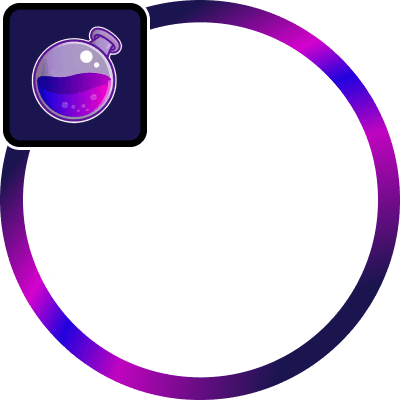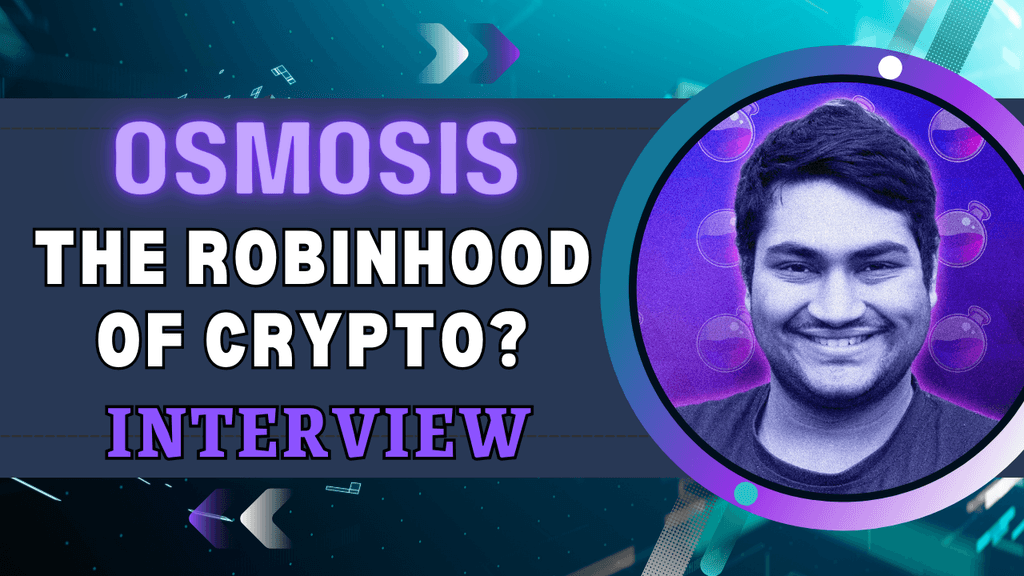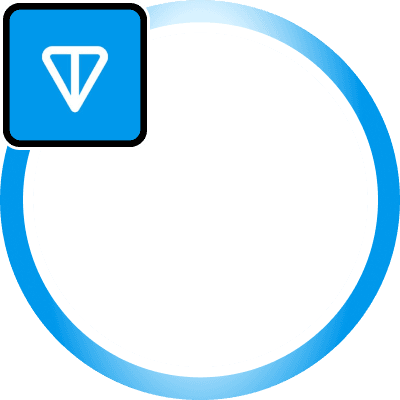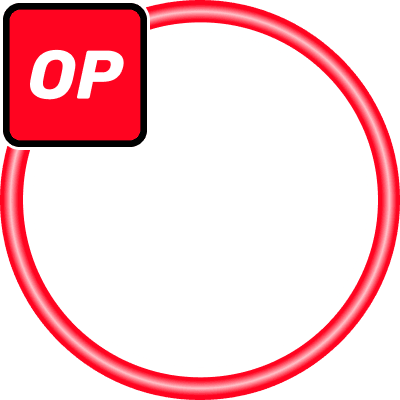Background and History
Osmosis was created to support the Interchain DeFi movement, focusing on building decentralized finance (DeFi) applications on Tendermint-based blockchains in the Cosmos ecosystem. The Cosmos SDK, an open-source software development kit, enables developers to create custom and scalable blockchains. The Inter-Blockchain Communication (IBC) Protocol, launched in February 2021, allows these blockchains to interact and communicate with one another. Osmosis leverages the IBC protocol to provide a seamless cross-chain trading experience for users.
Osmosis was founded by Sunny Aggarwal, a well-known figure in the blockchain industry who has been actively involved in the development of various blockchain projects. Aggarwal previously worked as a researcher and software engineer at Tendermint, the company behind the Cosmos SDK.
The Magnesium Upgrade: A New Era
On July 13th, the Magnesium upgrade was launched, introducing a suite of new features and enhancements that have significantly improved the Osmosis experience.
- Supercharged Liquidity
This feature allows users to concentrate their positions around a specific token ratio, maximizing their liquidity. - CosmWasm Pool Module
This module enables the creation and management of liquidity pools backed by CosmWasm smart contracts. - ProtoRev Module Upgrade
The ProtoRev Module Upgrade uses hooks instead of parsing messages, enabling more transaction types that trigger ProtoRev. - Proposal #429
Proposal #429 disallows the creation of new pools with an Exit Fee, effectively disabling the Exit Fee at pool creation. - Multi-Asset Fee Whitelisting
This feature allows a single governance proposal to whitelist multiple fee tokens simultaneously. - Route Splitting Impact Protection
Route Splitting Impact Protection allows multiple swap messages across diverse routes to be interconnected, reducing price slippage and improving efficiency. - SwapFee to Spread Factors
All instances of Swap Fee are now called Spread Factors.
For a more detailed breakdown of the Magnesium upgrade, you can read about it here.
Integration and Interoperability
Osmosis is designed to integrate with any chain built on the Cosmos ecosystem, giving it access to over $10 billion in total value locked (TVL). This compatibility with IBC enables Osmosis to become the go-to marketplace for multi-chain DeFi, as it currently holds over $1.6 billion in TVL. Osmosis is also capable of integrating with non-IBC enabled chains, such as Ethereum, further expanding its composability and interoperability.
Customizable AMM
Osmosis features a customizable AMM that sets it apart from other popular AMMs, such as Uniswap and Curve. The AMM protocol allows developers to build customized AMMs with sovereign liquidity pools, enabling them to create bespoke pools for their projects. This customization feature helps Osmosis to cater to a diverse range of blockchain projects, providing users with a unique trading experience.
Tokenomics
Osmosis’s native token, OSMO, is used to incentivize users to participate in the network. The token is used for staking, liquidity provision, and governance on the platform. Users who stake their OSMO tokens can earn staking rewards, while those who provide liquidity to the platform can earn a portion of the trading fees generated by the platform. OSMO tokens can also be used to vote on proposals in the governance process, allowing users to have a say in the development of the platform.
Liquidity Pools
Liquidity pools are an essential feature of any AMM-based DEX. Osmosis’s liquidity pools are designed to be sovereign, enabling developers to create bespoke pools for their projects. This customization feature helps to provide users with a unique trading experience, while also enabling developers to create pools that cater to the specific needs of their projects. Users who provide liquidity to the pools can earn rewards in the form of OSMO tokens, while also earning a portion of the trading fees generated by the platform.
Superfluid Staking
Osmosis features a unique staking mechanism called superfluid staking. This mechanism allows users to earn staking rewards while still being able to use their staked tokens for other purposes. This feature provides users with more flexibility, enabling them to participate in other activities on the platform while still earning staking rewards.
Osmosis Grants Program and Support Lab
Osmosis has a grants program that provides funding to developers who are building projects on the platform. The grants program is designed to support the development of innovative projects that can help to grow the Osmosis ecosystem. Osmosis also has a support lab that provides technical assistance to developers who are building on the platform, ensuring that they have access to the resources they need to succeed.
Fundraising
Osmosis has raised significant funds through a number of funding rounds, including a $21 million token sale led by VC fund Paradigm in May 2021. The funds raised have been used to support the development of the platform, including the expansion of its liquidity pools, the development of new features, and the growth of its ecosystem.










